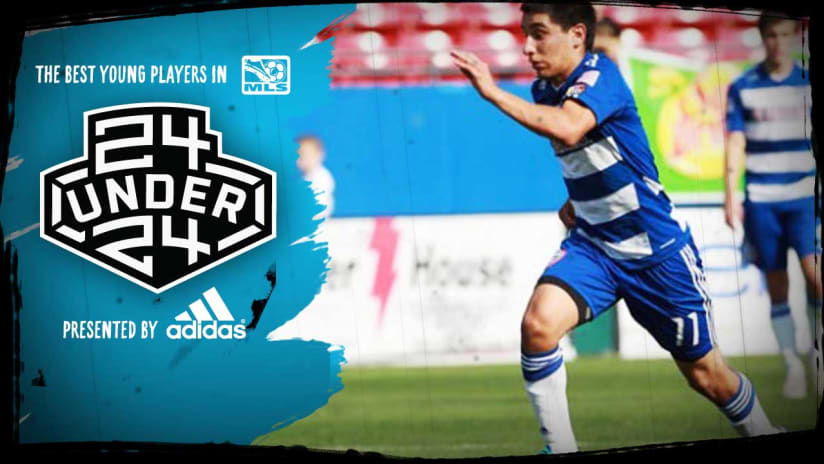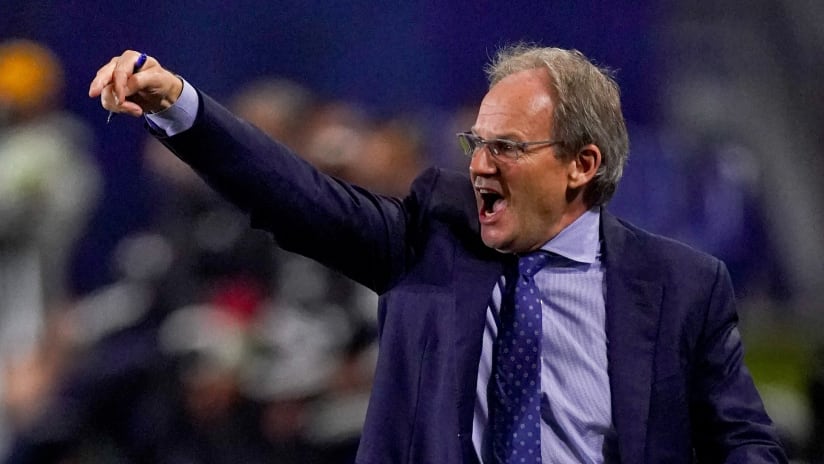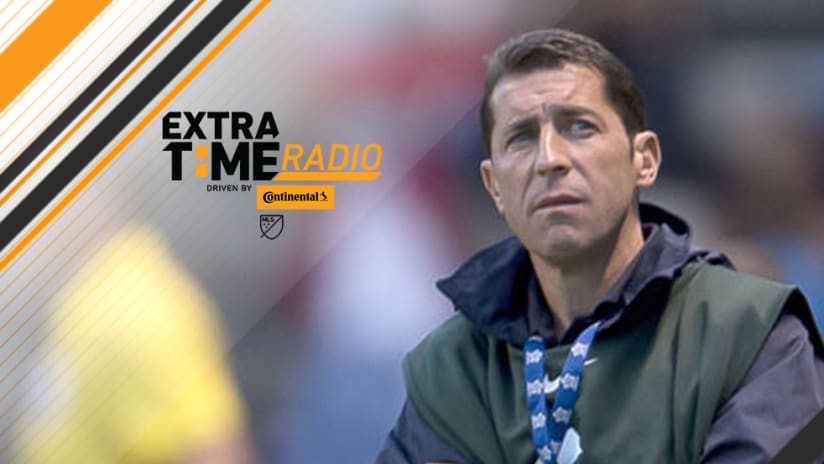During his freshman year at W.T. White High School in Dallas, a teammate of Danny Garcia’s told him that FC Dallas were holding a tryout and he should come along to try his luck. The rest, as they say, is history. On June 18, the 5-foot-5 midfielder became the 11th Homegrown signing in FCD’s history.
Except that’s not the whole story, because Garcia’s path to MLS wasn’t a lock-step march up the academy ladder. No, Garcia’s road to Dallas’ first team took a detour through Chapel Hill, N.C., where Garcia spent one season playing college ball for the University of North Carolina and became the ACC’s Freshman of the Year with the Tar Heels.
“I knew it would help me grow as a player,” Garcia (above) says. “It was going to help me prepare for MLS, because MLS is also the same as college with lots of physical play [and] gets a lot of bigger guys … and knowing how to defend. I went up [to Chapel Hill] and I did not know how to defend.”
- MLS on Campus: Get all the latest college soccer news here!
This is the weird, uniquely American situation that has existed since 2008, when MLS implemented the Homegrown player rule. With the new incentive to produce talent in house, MLS clubs have spent much of the last five years trying to close the distance with the more-established player development infrastructure found in other leagues around the world. Progress has been steady, and the academy system has already produced success stories like
Bill Hamid
,
Jose Villarreal
and
Diego Fagundez
.
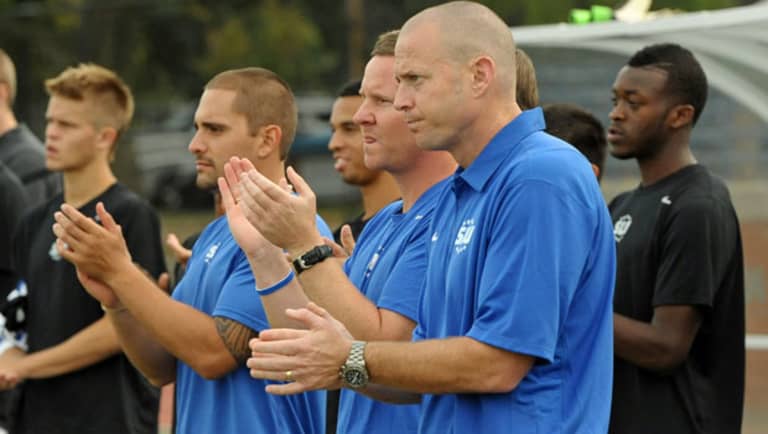
And yet Homegrowns like Garcia, Gyasi Zardes and DeAndre Yedlin have also opted for the more traditional route by continuing their development at school.
“Anybody you talk to throughout the world will tell you that between 18 and 22 is an incredibly hard age for everybody,” St. Louis University head coach Mike McGinty (right) says. “Unless the kid is good enough to be in the first team, finding meaningful matches for 18- to 22-year-olds is really, really hard. … I think college does a very good job … of getting kids ready for the next level.”
McGinty has made finding players who have the potential to go pro a focus of his recruiting process, and he works to develop them for the big leagues. It’s never been a perfect solution for young players, though. NCAA soccer is not the same game. The rules in college allow players to re-enter after subbing off, making the game faster. Games that finish tied in regulation go to golden-goal overtime, stretching many games to 110 minutes. The biggest problem, however, is that the season is simply too short.
“I think we’re all in agreement that if college was able to change some of the rules that they have, it would only enhance the college game,” says Richie Williams, the head coach of the US Under-17 national team and a former assistant at the University of Virginia. “Now, if they were able to play 10 months out of the year and they still had those rules, I think we could live with that.”
The rebirth of the Reserve League in 2011 and, if all goes according to plan, the increase in MLS-affiliated clubs at the USL PRO level by the end of 2015 means that players now have the opportunity to log quality minutes for at least eight months out of the year. On Sept. 11, LA Galaxy head coach Bruce Arena announced that the reigning MLS Cup champions were aiming to have their own USL PRO team operational by next season.
READ: MLS execs say USL PRO partnership could change the game
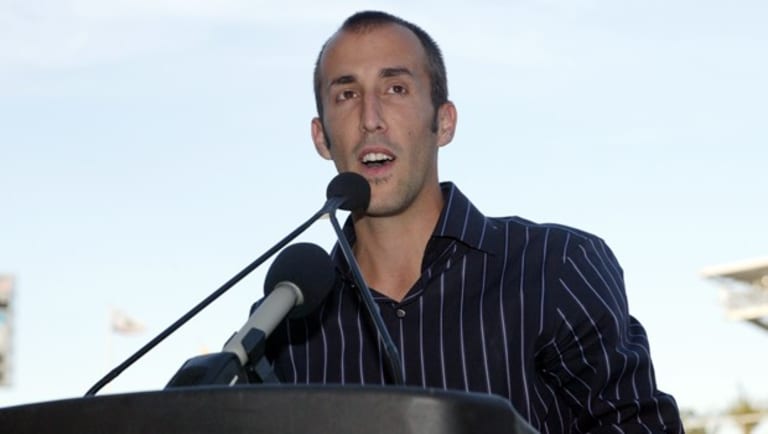
“We admit that there’s probably gaps, still, between the academy and the first team,” says Peter Vagenas (right), a 13-year MLS vet who was recently named director of the LA Galaxy Academy. “For us personally, that’s going to be solved [by] … the creation of our USL team, which will kind of turn into that intermediate step for the players that don’t go necessarily directly to the first team and get heavy minutes.
"They do need to play games. They need to have quality games and continue their development. At the end of the day, we’re just attesting to the fact that the step we’re implementing here is going to be of higher quality than of college soccer.”
The academy system presents its own set of challenges, however, particularly for the players. As soon as they sign a contract, Homegrown players lose their NCAA eligibility, and by extension their opportunity to get a college scholarship. Making the decision to pursue a career as a professional athlete is inherently risky, but in the US, making the decision at 16 effectively forfeits any chance of getting an all-expense-paid education to guard against the possibility that the pros might not work out.
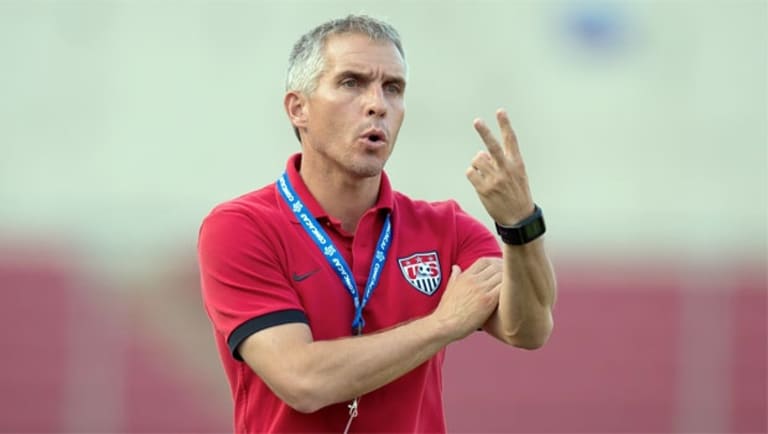
“A lot of kids might sign at 17, 18 [years old], and they go to a club where they don’t get proper training day in and day out, and they don’t get enough games, and by the age of 20, 21, the club goes, ‘Well, they never developed … so we’re releasing them,’” Williams (right) said.
"So that’s got to change on that end, too, where kids aren’t going to say, ‘You know what, I’m not going to take that chance. I’m going to go to college and then hopefully be able to go pro after college, or at least I’ve got my college degree and I’ll go get a good job.’”
The relationship between the academy system and college soccer will undoubtedly change in the next 10 years, and the consensus seems to be that not only will the academies become the primary tool of American player development, but that if the US want to become a true world power in soccer, then they will have to allow the academies to become pre-eminent.
“The problem is … when our residency is over here, our kids go back to development academies,” Williams says. “Some are good. Some are not so good. I don’t know if we have enough good environments around …
"I don’t think we’re at a point where you have to say, ‘The only way you’re going to become a pro is by going to a development academy, going to an MLS academy, signing with MLS or going overseas.’ There are still some benefits of college, even though we truly believe that eventually, in the future, that will have to change when things get better.”

